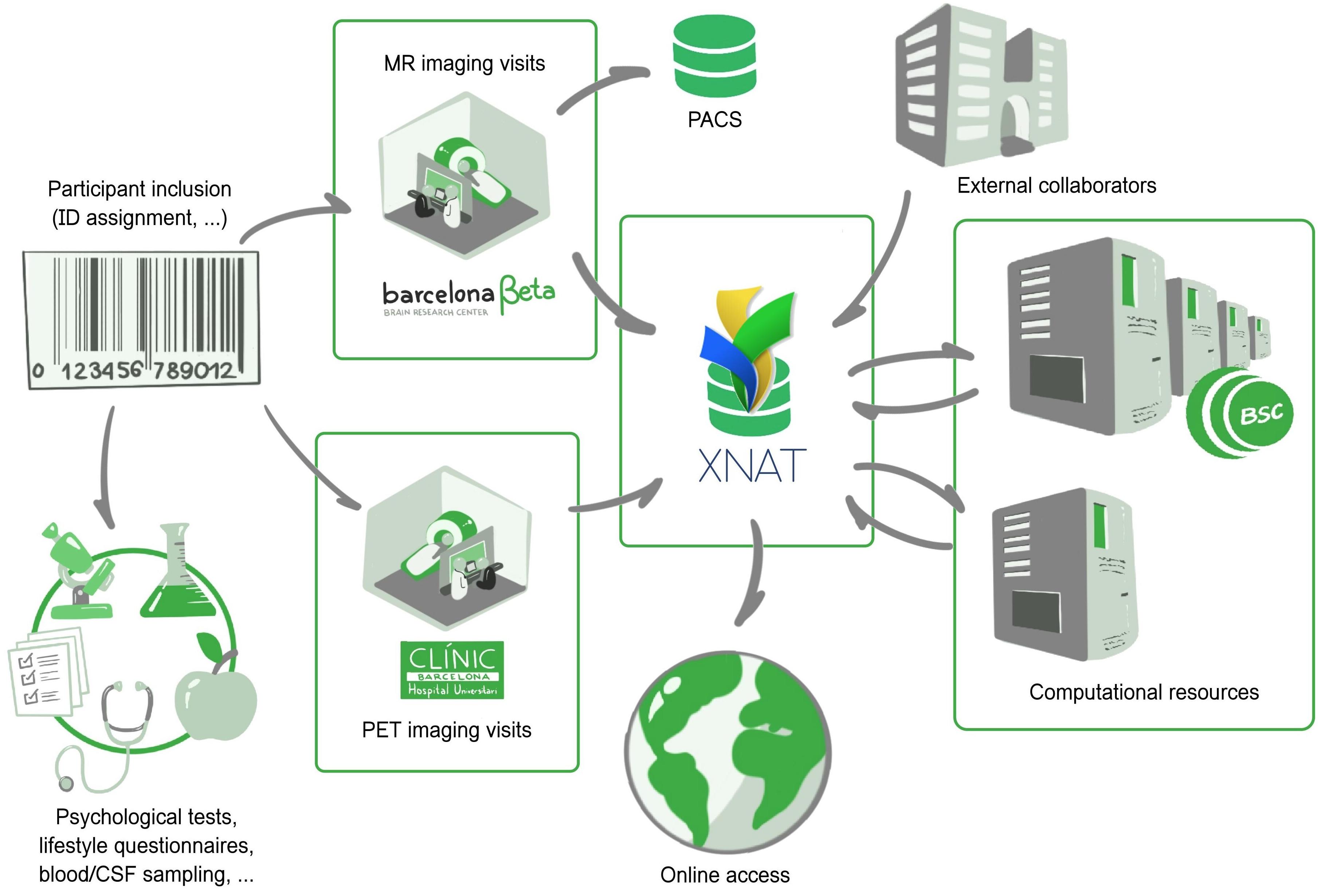

It is an enlarged intimate supplement to his memory. 6 - 9 pm, KCKCC Tech Building 6565 State Ave. A memex is a device in which an individual stores all his books, records, and communications, and which is mechanized so that it may be consulted with exceeding speed and flexibility. The Brain Injury (BI) waiver is a habilitative/rehabilitation and independent living. It needs a name, and, to coin one at random, "memex" will do. One cannot hope thus to equal the speed and flexibility with which the mind follows an associative trail, but it should be possible to beat the mind decisively in regard to the permanence and clarity of the items resurrected from storage.Ĭonsider a future device for individual use, which is a sort of mechanized private file and library. Selection by association, rather than indexing, may yet be mechanized. The first idea, however, to be drawn from the analogy concerns selection. In minor ways he may even improve, for his records have relative permanency. Man cannot hope fully to duplicate this mental process artificially, but he certainly ought to be able to learn from it.

Yet the speed of action, the intricacy of trails, the detail of mental pictures, is awe-inspiring beyond all else in nature. It has other characteristics, of course trails that are not frequently followed are prone to fade, items are not fully permanent, memory is transitory. With one item in its grasp, it snaps instantly to the next that is suggested by the association of thoughts, in accordance with some intricate web of trails carried by the cells of the brain. Having found one item, moreover, one has to emerge from the system and re-enter on a new path. It can be in only one place, unless duplicates are used one has to have rules as to which path will locate it, and the rules are cumbersome. When data of any sort are placed in storage, they are filed alphabetically or numerically, and information is found (when it is) by tracing it down from subclass to subclass. Our ineptitude in getting at the record is largely caused by the artificiality of systems of indexing. *Note: The CBT-ABI program could also be used with people with other forms of acquired brain injury, however it has not yet been evaluated in a non-traumatic brain injury cohort.The real heart of the matter of selection, however, goes deeper than a lag in the adoption of mechanisms by libraries, or a lack of development of devices for their use.
MANUAL THEBRAIN 9 TRIAL
This trial found that the inclusion of booster sessions, delivered 9 weeks after the Cognitive Behaviour Therapy program ended, was important for significant treatment gains to be observed. The CBT-ABI program has been evaluated in a randomised controlled trial which demonstrated that it was effective in improving depression and anxiety symptoms in adults with traumatic brain injury. Links to videos demonstrating CBT-ABI skills are provided. vita address school of behavioral amp brain sciences a b.
MANUAL THEBRAIN 9 MANUAL
The manual is written in a practical, user-friendly way with tips for therapists to optimise their adapted Cognitive Behaviour Therapy practice with people with brain injury. Musikpsychologie Ein Handbuch By Herbert Bruhn Musikpsychologie Ein Handbuch By Herbert Bruhn publikationen institut für systematische. A treatment decision tree is provided to assist therapists in selecting appropriate modules for the presenting symptoms, as well as general tips for delivering Cognitive Behaviour Therapy sessions effectively with people with brain injury.

For instance, when segmenting a brain MRI, some of the pixels in the. The CBT-ABI program consists of core and optional Cognitive Behaviour Therapy modules, each of which has its own set of handouts that are provided in both printed and electronic format. SNAP represents segmentation by assigning labels to pixels (voxels) in the input image. These adaptations include frequent repetition of information, regular reflective summaries, simplification of cognitive restructuring techniques, use of written/visual/electronic memory aids, co-therapy with family members, increased support with setting and completion of homework tasks, and inclusion of booster sessions after the main block of therapy. The manual provides detailed guidance on both content and processes for delivering Cognitive Behaviour Therapy that have been specifically adapted and tailored for people with brain injury-related cognitive impairment. This evidence-based therapist manual is suitable for use with adults with depression and/or anxiety following traumatic brain injury*. Written by Dana Wong, Ming-Yun Hsieh, Adam McKay, Kerrie Haines, Meaghan O'Donnell & Jennie Ponsford Cognitive Behaviour Therapy for anxiety and depression - Adapted for Brain Injury (CBT-ABI): A Treatment Manual


 0 kommentar(er)
0 kommentar(er)
